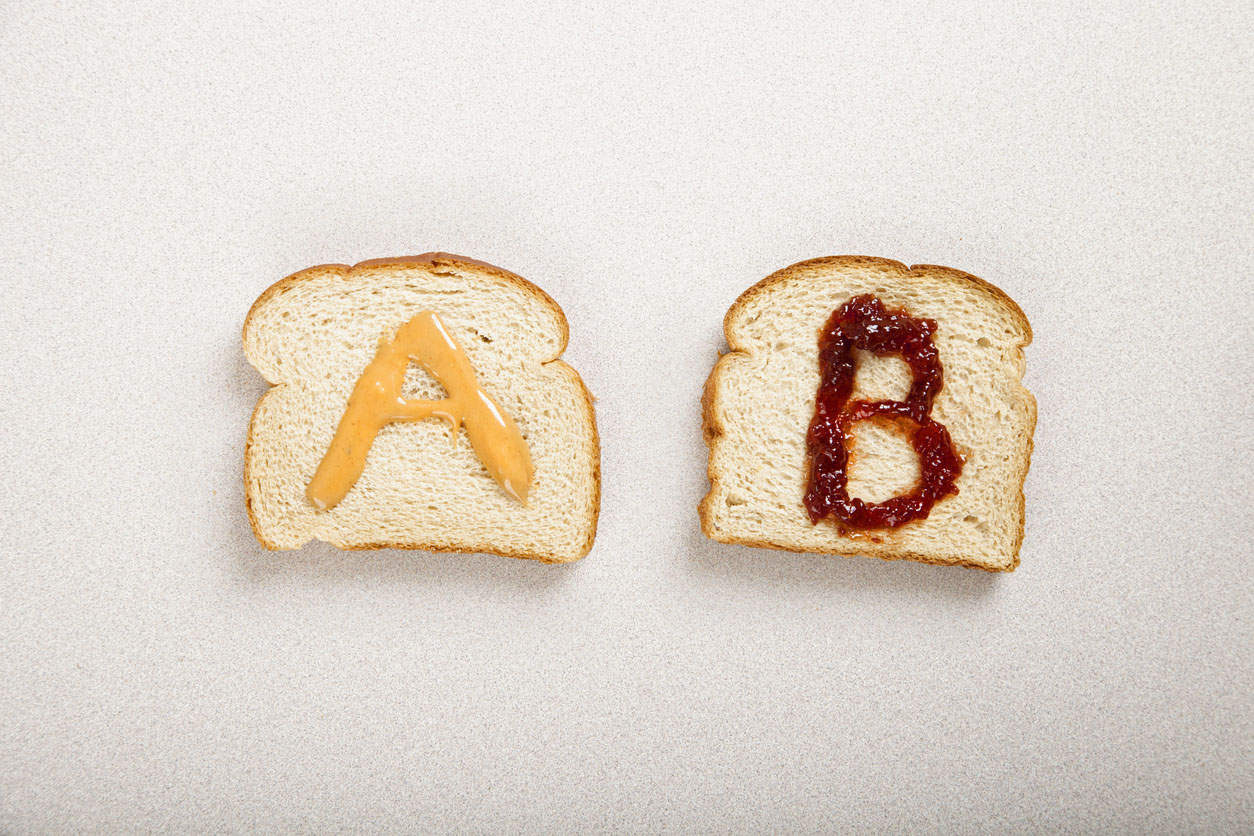
A/B Testing: Getting Started with the Basics

A/B Testing: Getting Started with the Basics
Your small business website is up and running, and now, you’re wondering if there’s any modification you can make to improve it. Is that featured image or any other element in the website — that you initially loved, but later decided to change — still at the back of your mind? Do you think it would help achieve more clicks or conversions? We suggest removing the guesswork with data-backed decisions. Try A/B testing.
What is A/B Testing and How Can You Leverage it in Your Web Marketing Efforts?
Also referred to as split testing or bucket testing, A/B testing can help compare two versions of your website, app, or any marketing or sales campaign. While the control or original version is shown to one set of visitors at random, a variation of that version is served to another group of visitors at the same time. With statistical data, you can evaluate which version leaves a more powerful impact — more clicks, better sales, better lead generation, etc.
The two versions can be completely different. However, this will make it difficult to understand what change made a difference in impact. Hence, we suggest changing a single element at a time. You could change the color of your call-to-action (CTA) button — with one version of your web page featuring a green “book now” button and the other featuring the button in a different shade or color. Creating different, compelling headlines for the two versions is another example — one can be short and the other can be a bit descriptive. You could also test a slightly modified version of your brand’s online visual identity.
To gauge results effectively, serve one version to 50% of your site visitors randomly and the other version to the remaining 50% at the same time. Gather inputs and insights of user engagement and their experience with the associated version via a statistical engine and dashboards. This will help you understand which version performed better.
Performing A/B testing and then implementing the winning version can help you achieve your conversion objectives faster, increasing returns on investment. A/B testing also gives valuable insights on user behavior, features of your website that are better performers, and user engagement rate.
Why is A/B Testing Important?
If you’re running a small business website and are responsible for your company’s marketing efforts, A/B testing can help you understand what works and what you should steer clear of in your web and marketing campaigns.
When you consistently test different variations, split testing can offer better results and actionable insights.
- The ability to better define your target audience and know what type of content — headlines, CTA, layout, navigation bar word choice, etc. — your audience responds to
- A deeper understanding of user or target audience behavior
- Clarity on what your audience likes, so you’ll be able to serve them appropriate content, reducing website bounce rates
- An effective tool to test new features and audience reactions to changes
- An understanding of what content converts to help streamline the conversion process and marketing budget
- The ability to build stronger marketing strategies backed by data and analytics versus hope and guesswork.
Getting Started with A/B Testing
To begin split testing, make a note of your goal or your top priorities for improvement. Understand the current performance of your website with a site audit and evaluation. Finalize the web pages you want to test and optimize — consider those that have high traffic and low conversion rate. Jot down the different features you plan to test — decide if it’s going to be the headline, CTA, contact form, featured image, product description, or pop-up.
We recommend testing one component at a time per landing page to understand user behavior better. An ideal timeframe would be around 2-4 weeks per test or till you have enough visitors to compare outcomes.
Here’s a step-by-step guide to help you:
- Finalize the component you’ll be testing.
- Create a new version of the web page with a variation of that component or feature.
- Run the split test using a testing tool. You could use a free tool such as Google Optimize.
- After a few weeks, once you have enough data to compare, evaluate which version performed better. Your split testing tool should be able to give you insights.
- Implement the winning version.
- Move on to the next test for the same URL.
Every experiment will offer valuable inputs that can be leveraged in consecutive tests.
Need Help?
Our team at Alt Creative can help you build all components that you’ll need for your A/B testing experiments. Whether it’s custom web design or development, we can power up your split testing efforts with stunning variations for the web pages you’ll need. Get a quote.
Ready to get your project started?
Get your free consultation and pricing quote by filling out our quick ‘request a quote’ form. We’ll answer all of your burning questions and help find the right solution for your project.
Request a Quote



